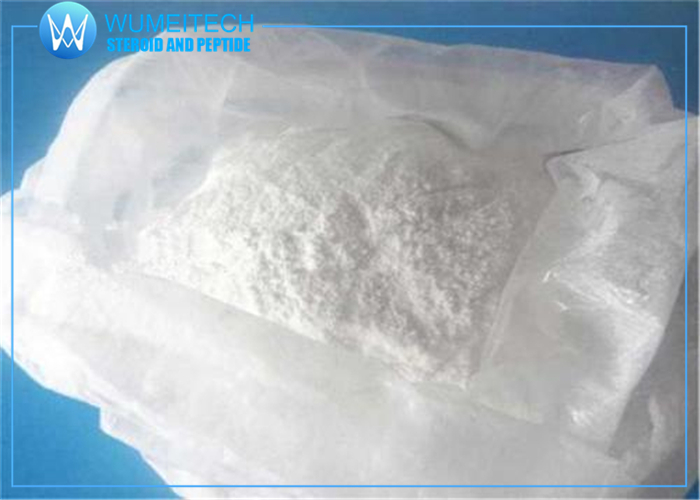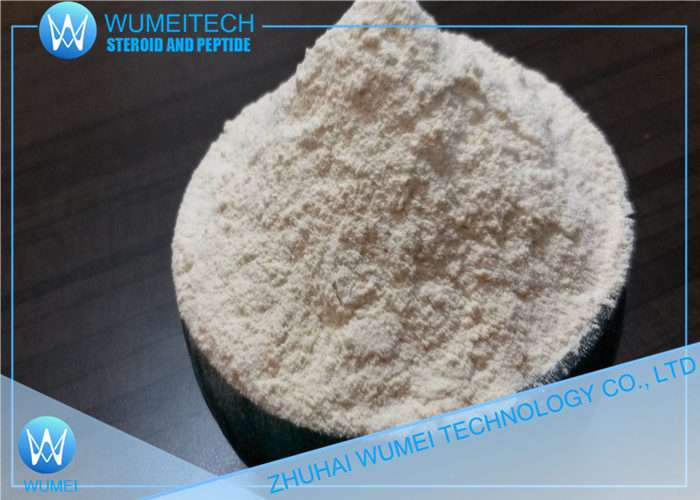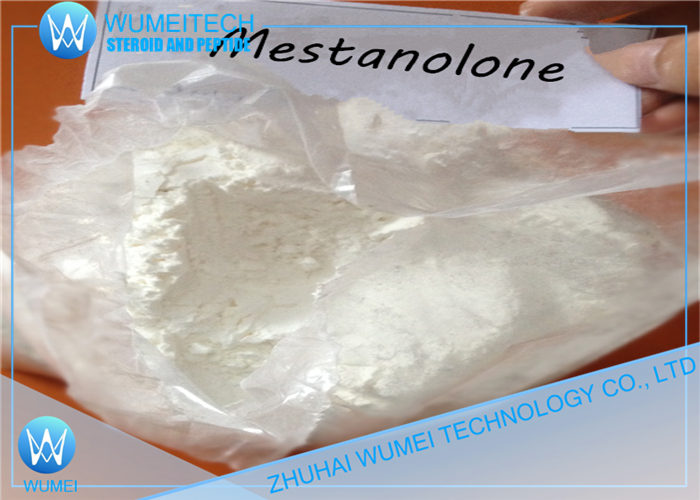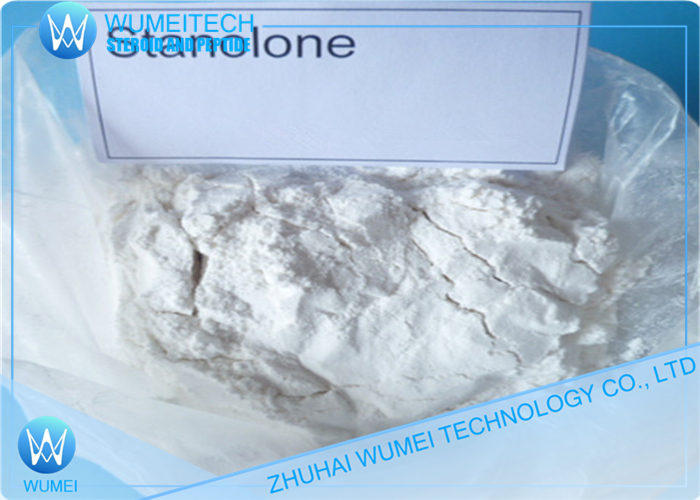Clostebol
Alias:4-Chlorotestosterone
Synonyms:4-Chloro-17b-hydroxy-4-androsten-3-one
CAS NO.:1093-58-9
Einecs No.:214-133-9
Molecular Formula:C19H27ClO2
Molecular Weight:322.87
Appearance:White crystalline powder
Grade:Pharmaceutical grade

Details:
Clostebol,usually as the ester clostebol acetate or clostebol enanthate, is a synthetic anabolic androgenic steroid. Clostebol is the 4-chloro derivative of the natural hormone testosterone.
It is a weak anabolic steroid which was used by athletes from the German Democratic Republic (East Germany).[citation needed] It is a version of testosterone that is chlorinated so as to prevent conversion to dihydrotestosterone (DHT) while also rendering the chemical incapable of conversion to estrogen.
Chlorotestosterone is a very simple derivative of testosterone made by attaching a chlorine atom at the 4 position. This slight modification makes for a very different molecule than testosterone. Clostebol has a slightly lower binding affinity for the AR than testosterone and no binding to the PR or GR.
The chlorine atom blocks the action of aromatase on this molecule. This means that chlorotestosterone cannot be converted to estrogen and is converted to a less potent DHT derivative1.
Because testosterone is converted to DHT and estrogen to some degree and because DHT and estrogen are inactive in muscle tissue, you lose a good portion of activity when using testosterone.
You also lose some of testosterone’s activity due to binding to SHBG. Chlorotestosterone binds much more weakly to SHBG than testosterone does. This makes clostebol a very good choice as an anabolic as can be seen from the anabolic to androgenic ratio.
This steroid was marketed with an acetate ester requiring daily injections. It is surprising that chlorotestosterone is not used more often but this is probably due to the fact that this steroid does not offer instant gratification in the form of “bloat”. A longer ester would make this steroid much more attractive.















 Sales Manager
Sales Manager